Canvas Conveyor Belt
Ready to send
Please contact the sales department for sending the list and bulk purchase of products.
Immediate shipment of the product is possible.
$0
Dear user, prices are being updated, please contact us.
What is a Canvas Conveyor Belt?
The canvas conveyor belt, also known as elevator belt, is one of the most widely used belts in the industry. These belts are made from a combination of canvas layers with rubber or polyester and are produced in various types with different thicknesses and widths. Common colors for these belts include yellow, orange, and green, with a narrow strip running along the belt.
Canvas belts are primarily used for the transportation of food and industrial materials. This process is carried out using metallic or plastic bucket cups that are manufactured to standard and attached to the belt with special clamps. Avangard offers various types of canvas conveyor or conveyor belts with different widths and thicknesses to meet diverse customer needs.
The industrial lifting belt or canvas belt is also used for horizontal and vertical transportation and hauling, and the measurement of canvas belts is done using inches and the number of layers. For example, the figure 3*4: where the number 3 indicates the belt width (3 inches) and the number 4 indicates the number of layers.
The top and bottom layers of the belt are made from canvas. Canvas is woven from natural or synthetic fibers such as polyester, nylon, cotton, or hemp and is then impregnated with waterproof and moisture-resistant materials such as PVC or polyurethane.
The middle layer of the elevator belt consists of plastic strips, which differ from the plastic strips in completely plastic belts. The presence of this plastic layer among the canvas layers enhances the belt’s resistance to indirect heat.
The composite structure of the canvas conveyor belt, comprising the top and bottom canvas layers along with the middle plastic layer, leads to a high-performance belt with suitable strength under harsh industrial conditions. The canvas layers provide flexibility, tear resistance, and impact absorption, while the middle plastic layer provides heat resistance.
Technical Specifications of Canvas Conveyor Belt
Canvas belts are produced in various widths, and their cutting to desired sizes is done according to customer needs. These industrial belts are usually identified by width in inches. The structure of the canvas belt includes different layers where the top and bottom layers are made of canvas and the middle layer is made of plastic. Unlike fully plastic belts, where the plastic layer is only in the middle, this design increases the belt’s resistance to indirect heat and improves its lifespan under various conditions.
One of the notable features of the canvas conveyor belt is its high strength and longevity. Despite being lightweight, these belts can withstand a tensile force up to 630 kilograms per square centimeter, which helps reduce the pressure on the drive systems and motor. Canvas belts are produced in various widths from 25 millimeters to 1050 millimeters. Widths of 40, 50, 65, and 75 millimeters are known as the most commonly used sizes. Additionally, the thickness of these belts varies from 3 to 10 millimeters, with different thicknesses available for each size depending on the belt width.
Canvas belts are supplied to the market in rolls and coils of 100 meters. The tensile resistance (tensile strength) of the canvas belt, which is one of its most important features in power transmission, varies between 190 to 500 Newtons per square millimeter, depending on the material and production technology. This tensile resistance makes canvas belts an ideal choice for use in conveyor and power transmission systems.
Identifying Canvas Belts
Canvas belts, which are also known as canvas conveyor belts, are identified in two main ways:
1- Flat-edged or cut canvas belt: These belts are produced in large widths and cut to various widths based on customer needs. This method allows precise matching to specific project needs and is suitable for applications requiring precise measurement and customization.
2- Round-edged or fabric canvas belt: These belts are available fully without cuts. Their design makes them suitable for use in situations that require high strength and durability, and they are generally used for general and standard applications.
Both types of canvas belts have their own special features, and the choice between them depends on the specific needs and working conditions desired.
Applications of Canvas Conveyor Belt
Canvas belts are used in two main applications:
1- Power transmission: These types of belts are designed for power transmission in mechanical and industrial systems. They are specifically used for bearing load and transmitting power between different components of machines.
2- Material handling as a conveyor belt: Canvas belts are also used for carrying and transferring materials in conveyor belt systems. Due to their specific design, they can be used vertically (for elevators) and horizontally.
Standard widths of canvas belts usually start from 1 inch (25 millimeters) and are also available in larger widths in food and industrial industries. These belts are identified based on the size width and the number of fabric layers. For example, marking 4*5 means a belt with a width of 5 inches and 4 fabric layers. These features help determine the resistance and appropriate usage of the belt under various conditions.
Buying Canvas Conveyor Belt
To buy high-quality canvas belts that meet your industrial needs, you can contact Avangard. Avangard offers various types of canvas belts with diverse widths and thicknesses.
Sales of Canvas Conveyor Belt
To buy high-quality and reasonably priced canvas belts from Avangard, contact our sales department. The Avangard team is ready to meet your needs with various types of canvas belts.
Price of Canvas Conveyor Belt
For the price of the canvas conveyor belt, please contact Avangard belt sales experts based on width, thickness, and other specifications.
| Row | Description | Price in Toman (per meter) |
| 1 | Price of canvas belt 5 cm width, 5 mm thickness | Contact us |
| 2 | Price of canvas belt 10 cm width, 6 mm thickness | Contact us |
| 3 | Price of canvas belt 12.5 cm width, 6 mm thickness | Contact us |
| 4 | Price of canvas belt 15 cm width, 7 mm thickness | Contact us |
| 5 | Price of canvas belt 20 cm width, 8 mm thickness | Contact us |
 فارسی
فارسی Arabic
Arabic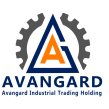
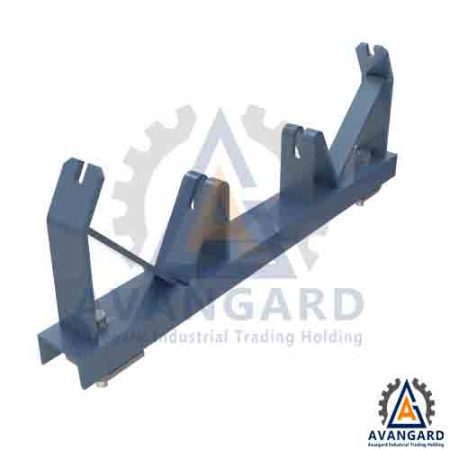
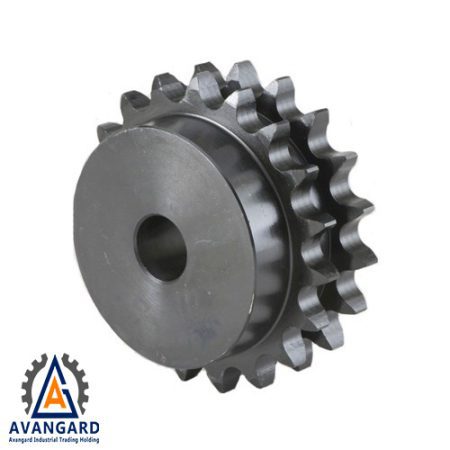

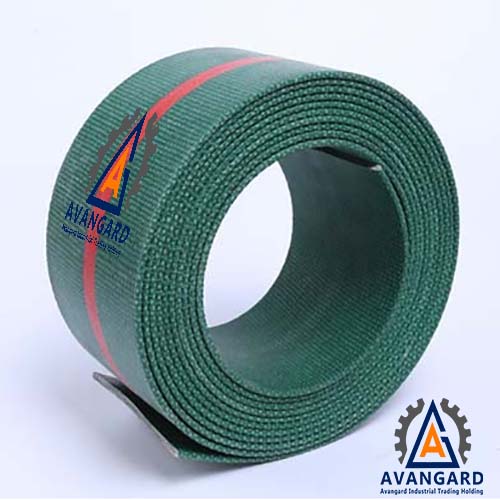
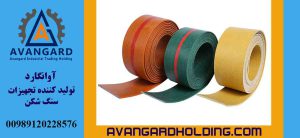
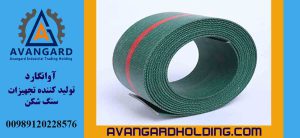
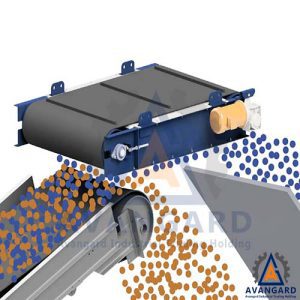
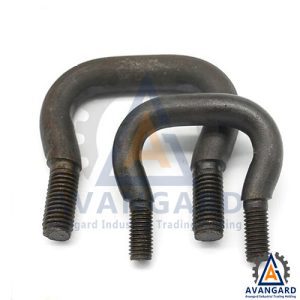
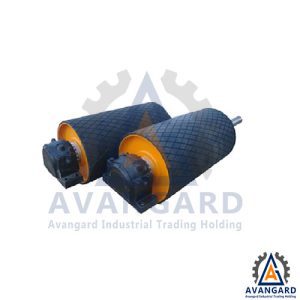
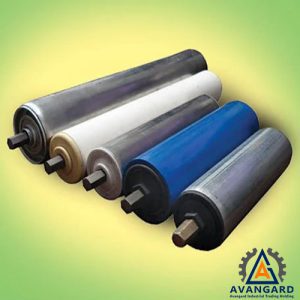
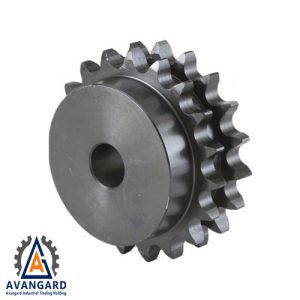
Reviews
There are no reviews yet.